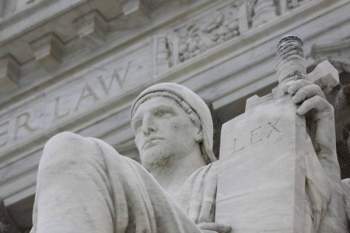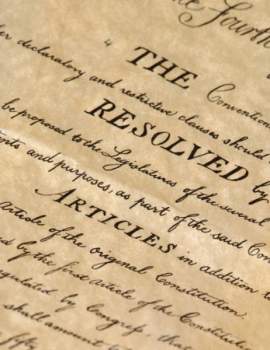
A Guide to Constitutional Amendments

Popular In Constitution
Purpose Of Lifetime Appointment And Pros And Cons Enumerated Powers Bicameral Legislature Background Article 3 Of The Constitution We The People 1st Amendment Who Wrote The Constitution Judicial Review Equal Protection Clause Three Fifths Compromise 10th Amendment 5th Amendment
• Legal Context for U.S. Constitutional Amendments
One of the primary legal measures included along with the U.S. Constitution is for the introduction of amendments to this foundational legal document for the United States. The two primary considerations taken into consideration by the Founding Fathers when allowing for the application of amendments to the Constitution were the need for flexibility in the country’s legal infrastructure and the danger posed by changes too quickly and readily introduced to the U.S.
• Ratification of Amendments
The process
allowed for by the Founding Fathers for the passage of Constitutional
amendments can either occur through a 2/3 proposal made in Congress, or the
call for a constitutional vote by 2/3 of state legislatures.
• Specific Amendments
Up to the
present, the U.S. Constitution has been affected by 27 specific amendments. It
should be noted, however, that not every one of these amendments is still in effect.
As an example of this fact, it could be noted that the 18th Amendment to the
Constitution, which was applied in 1919 to prohibit the sale of alcohol in the
United States, was repealed through the actions of the 21st Amendment, which
went into effect in 1933.
o Bill of Rights
The first 10 Amendments to the U.S. Constitution are referred to as the Bill of Rights, which were passed in 1791 at the same time and are generally regarded specifically as foundational principles for the liberties and rights enjoyed by U.S. citizens and residents.
NEXT: A Quick Guide to the First Ten Amendments




















